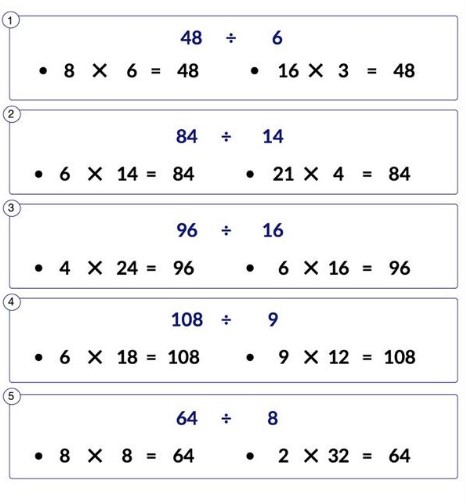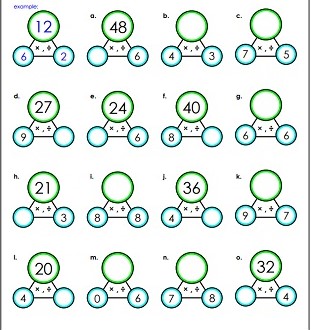Mathematics is an important part of our everyday lives. We use it to help us make decisions, solve problems, and understand the world around us.
In this blog post, we will explore the relationship between division and multiplication. We will discuss how these two operations are related to each other and how they can be used to solve mathematical problems. We will also look at how division and multiplication can be used to simplify complex problems and how they can be used in everyday situations.
The basics of division and multiplication

Division and multiplication are two of the most fundamental operations in arithmetic. While it may seem simple to understand the basics of each, there is actually a deep and important relationship between them. Division is the process of breaking a number down into smaller, equal portions, while multiplication is the process of combining two numbers to get a larger number.
The two concepts are closely linked, as division can be thought of as the inverse of multiplication. In other words, if you multiply two numbers and then divide them, you should get the same answer as if you divided them first and then multiplied them.
This is because any number divided by itself is equal to one, so when you multiply and divide the same numbers, the answer will always remain the same. Understanding the relationship between division and multiplication is key to mastering the basics of arithmetic.
The connection between division and multiplication
Division and multiplication are two mathematical operations that have an undeniable connection to one another. Division can be thought of as the opposite of multiplication, and vice versa. Division breaks a number or quantity into smaller parts, while multiplication combines numbers or quantities together to create a larger whole.
In addition, the process of multiplication can be used to solve division problems. For example, to solve the division problem 24/6, you can use multiplication to calculate 24/6 as 4 x 6 = 2
This demonstrates the strong relationship between division and multiplication and how they can be used to solve each other’s problems.
How understanding the connection between division and multiplication can help with math problems
Whenever we are faced with a math problem, understanding the relationship between division and multiplication can be a huge help. Division is simply the inverse of multiplication, meaning that the results of one operation can be reversed with the other.
For example, if we have 4 x 5 = 20, then we can divide 20 by 5 to get By understanding the connection between division and multiplication, we can break down complex math problems into smaller, more manageable pieces. This can make it easier to comprehend the solution to the problem and increase our understanding of the underlying concepts.
Common examples of division and multiplication relationships
Division and multiplication hold a special relationship. In mathematics, division is the opposite of multiplication.
For example, if you divide 20 by 4, the answer is This means that 4 can be divided into 20 five times.
The inverse of division is multiplication. To get from 5 back to 20, you would need to multiply 4 and 5 together, resulting in 20. This relationship between division and multiplication can be seen in everyday life.
For example, when baking a cake, you may need 3/4 of a cup of sugar. To get the correct amount of sugar, you would need to multiply 3 by .
75, resulting in 25 cups of sugar. This relationship between division and multiplication is a fundamental concept in mathematics.
Tips and strategies for teaching division and multiplication
Division and multiplication are both essential concepts in mathematics that are closely related to each other. Understanding the relationship between the two operations can help students gain a better grasp on how to solve problems. Teaching strategies such as visual aids, practice problems, and teaching the inverse relationship between multiplication and division can help students understand the connection between these two operations.
With the right tools and strategies, students can become proficient in both division and multiplication.
Final Touch
In conclusion, division and multiplication are closely related operations. Division is the inverse of multiplication, meaning that when you divide a number by another number, the result is the same as what you would get if you multiplied the two numbers. Division and multiplication can be used to solve a variety of math problems, and understanding the relationship between them can be important to understanding the underlying concepts behind these operations.
Division and multiplication can be used to solve a variety of math problems, and understanding the relationship between them can be important to understanding the underlying concepts behind these operations.

